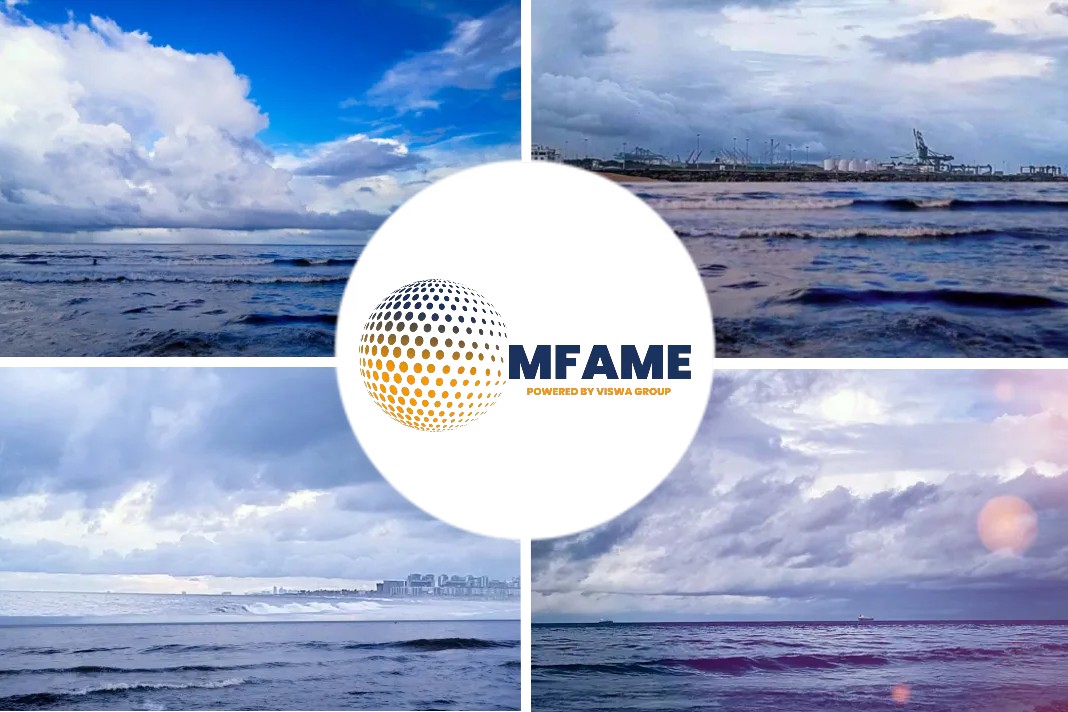- VLSFO premiums at Rotterdam port fell to a record low with high fuel oil resilient to bearish fundamentals in the global oil complex.
- The premium has descended to less than a tenth of the highs seen in January, reaching its lowest levels.
- The 0.5%S marine fuel has been seeing dampened demand in the Amsterdam-Rotterdam-Antwerp region.
- High sulfur fuel oil has been contending with limited supply, yet strong demand from the US and West Africa; local demand has also remained supportive.
The premium of VLSFO over its high sulfur equivalent at Rotterdam port fell to a record low on August 21, as the latter stays resilient to bearish fundamentals in the global oil complex, reports Platts.
- In Rotterdam, the premium of 0.5% sulfur bunker fuel over 3.5% fuel oil, also known as the Hi-5 bunker spread, was assessed at $27/mt on August 21, S&P Global Platts data showed.
- The premium has descended to less than a tenth of the highs seen in January, reaching its lowest levels since Platts began assessing it in July 2019.
Dampening fuel demand
The 0.5%S marine fuel has been seeing dampened demand in the Amsterdam-Rotterdam-Antwerp region as concerns over the coronavirus still linger, alongside a seasonal summer lull.
Sources said there is ample supply of product, as stocks for all fuel oil products in the region jumped 10% on the week to August 19.
In comparison, high sulfur fuel oil has been contending with limited supply, yet strong demand from the US and West Africa; local demand has also remained supportive.
Sources said limited product was going into the ARA region as it heads trans-Atlantic for use as coker feed.
Scrubber retrofits
In a year of the lower sulfur cap rule for shipowners and unexpected volatility from the global pandemic, bunker buyers are keeping an eye on premiums as some deliberate over how to power their vessels.
Options include either burning low-sulfur fuels or retrofitting scrubbers on board their vessels so that they can burn the cheaper 3.5% HSFO bunker fuel.
With estimates of about $2 million per ship, the pace of scrubber fittings has decelerated due to coronavirus-related slowdowns at shipyards, a reluctance to set aside capital during a global financial downturn, as well as a narrower Hi-5 bunker spread, according to market sources.
Market estimates had previously extended the payback time for a scrubber from 1-2 years to 4-5 years. However, Danish product tanker group Torm said recently it would remain active in the installation of scrubbers, expecting to install a total of 49 scrubbers. As of August 17, it had installed 40 scrubbers.
“In order to cut the sulfur oxide emission, shipowners who can afford to buy a scrubber have done so to a substantial extent, with investments predominantly directed toward high consumption ship types,” Peter Sand, BIMCO’s chief shipping analyst said.
Did you subscribe to our daily newsletter?
It’s Free! Click here to Subscribe!
Source: Platts


















